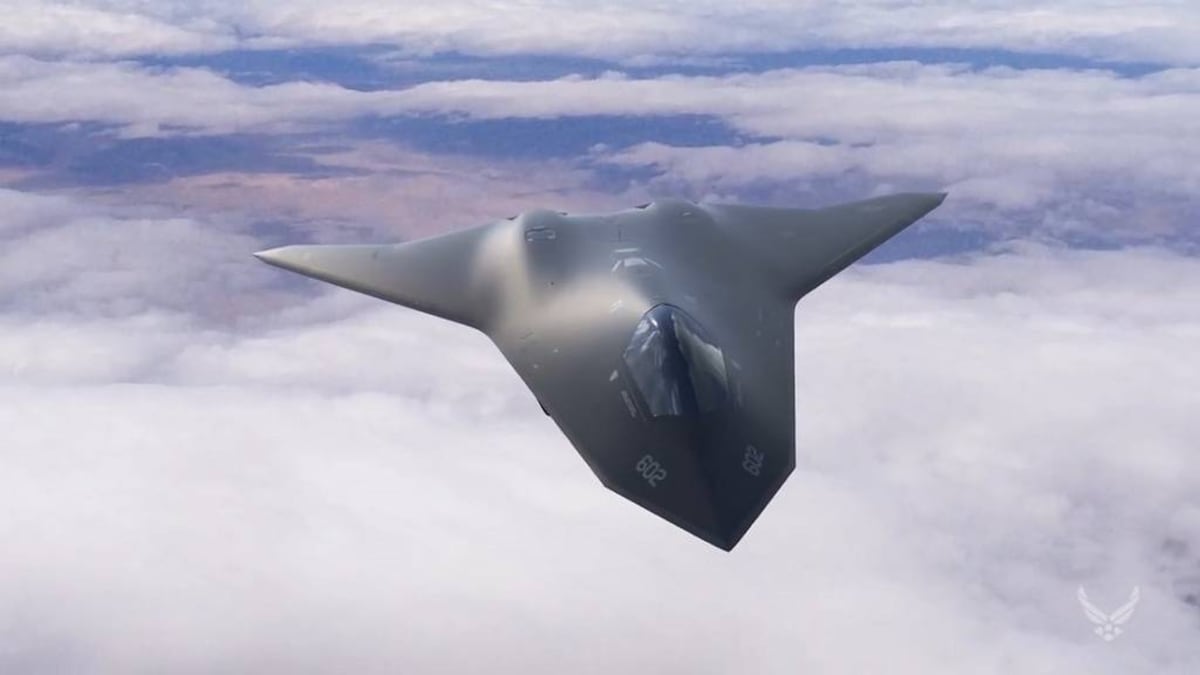Upcoming U.S. Rifles Need “Big Iron” Computing To Back Them, But American Supercomputing Is Falling Behind


To the town of Agua Fria rode a stranger one fine dayHardly spoke to folks around him, didn’t have too much to sayNo one dared to ask his business, no one dared to make a slipFor the stranger there among them had a big iron on his hipBig iron on his hip
-The beginning of Marty Robbins’ 1959 song “Big Iron”
As with the stranger that rode into town, having “big iron” matters at all levels. The lowly street thug fears armed victims the same as a nuclear-armed dictator like Kim Jong Un fears assured annihilation should he threaten the United States badly enough. But, it’s not enough to simply have enough gun. These days, being smart with guns of all sizes is just as important as how powerful it is.
This fact is clearly not lost on the United States military. Even at the infantry level, the upcoming XM7 and XM157 weapons are going to be smarter than ever. The optic will have enough on-board computing and sensor power to do things like automatically adjust the reticle for distance, wind, temperature and other factors, but that’s just the tip of the iceberg. The optics, along with planned augmented reality goggles, are going to be connected to a secure (hopefully) military cloud.
Data from soldiers on the ground, battlefield planners, satellites, drones and platforms like the F-35 and B-21 can all be shared. One soldier can use an optic to put a pin on the map for someone else with better line of sight, with the target lit up right in the other soldier’s scope. An F-35 pilot can pick up signals from a missile launcher or radar installation and send that location to soldiers on the ground or a navy ship for targeting. Situational awareness and coordination could give everyone almost psychic-level abilities.
While not 100% accurate, it’s often said that, “There is no cloud. It’s just someone else’s computer.” All of that “big iron” computing power has to come from somewhere. An optic can’t carry that much computing power, nor can a tank, truck or bomber. There has to be servers somewhere using advanced software to swallow a firehose of data being provided from all of the sensors and people in the field, make sense of that data and then give people the information they need to make decisions and execute them.
Like little Joe Miller from Weird Al’s movie VHF, no human or even group of humans can safely drink from the firehose. So, processing all of that data is going to require a lot of automation. To really process heaps and heaps of data from the field, analyze it and disseminate it, artificial neural networks and other forms of machine learning will be needed. That means some serious “big iron” computing hardware will be needed. Put in wheel gun terms, we’re talking about a warehouse full of .500 S&W Magnum revolvers.
To even get to that point, though, even bigger computers will be needed. Self-driving cars under (endless) development are a great way to understand this. You can fit a computer in a car that can drive it, like a Tesla or a Waymo van has onboard. But, the computers that train those AI models are giant clusters of servers all working together. For example, Elon Musk had some controversy recently over redirecting an order of 12,000 Nvidia H100 GPUs for AI training! We’re talking about some serious computing power.
Alarmingly, this is an area where the United States is beginning to fall behind China. If you believe Chinese propaganda, they’ve been the high tech hub of the world for years, but this is often highly exaggerated if not downright false. Despite limited access to the best computer chips (Taiwan makes those, and they’re not about to give those to China), Chinese researchers have done things the way communists always do: substitute quantity for quality. By just cramming in more and more older chips into a cluster, they’ve managed to build supercomputers that can outrun America’s biggest big irons.
This, of course, comes with significant drawbacks, like higher costs and far higher electricity consumption. But, China doesn’t need many more powerful training computers to get ahead. By having a few dozen or a few hundred inefficient training computers making better AI models with brute force, it’s possible for the Chinese cloud to start outperforming the U.S. military’s cloud infrastructure at intelligence, surveillance and reconnaissance (ISR), command and control and information sharing tasks in the near future. This could enable crappier local hardware to perform better, saving significant money.
So, it’s high time for U.S. supercomputing to catch up. The Pentagon and contractors need to get serious about outperforming the world in supercomputing, AI training and building a smarter defense cloud to power upcoming hardware that’s designed to be part of that ecosystem that will make our men on the ground with the guns in their hands true super warriors.
Read the full article here





